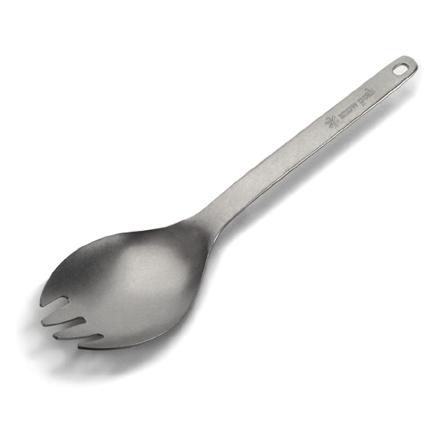
In 1992, Eisenman completed this project for the Nunotani Corporation in Japan. The somewhat 'deconstructed' building surfaces shift and sag as a literal expression of tectonic instability. Unlike the tower in Pisa, the effect is an entirely artificial composition and the structure is quite stable, as one would hope. There seems to be a desire to capture the drama of instability, as though inhabiting the building is to be a reminder the precarious seismic conditions one faces by living in Japan as a whole. As is common within Eisenman's work, much rigor and expense has gone into a rather superficial expressionism.
The particulars of the primitive aren't important, though it clearly follows a modernist vernacular. Thin curtain walls are shown drifting below floorplates. Glazing drifts below the ground plane. Although there's no glazing on the rear facade, 'surfaces' painted in hues of pink appear to have settle about one another crookedly. In order to play with tectonics, Eisenman has to speed up time in a sense - to exaggerate that which must happen slowly, in order to maintain adequate stability.
Image Source: Zhulong


